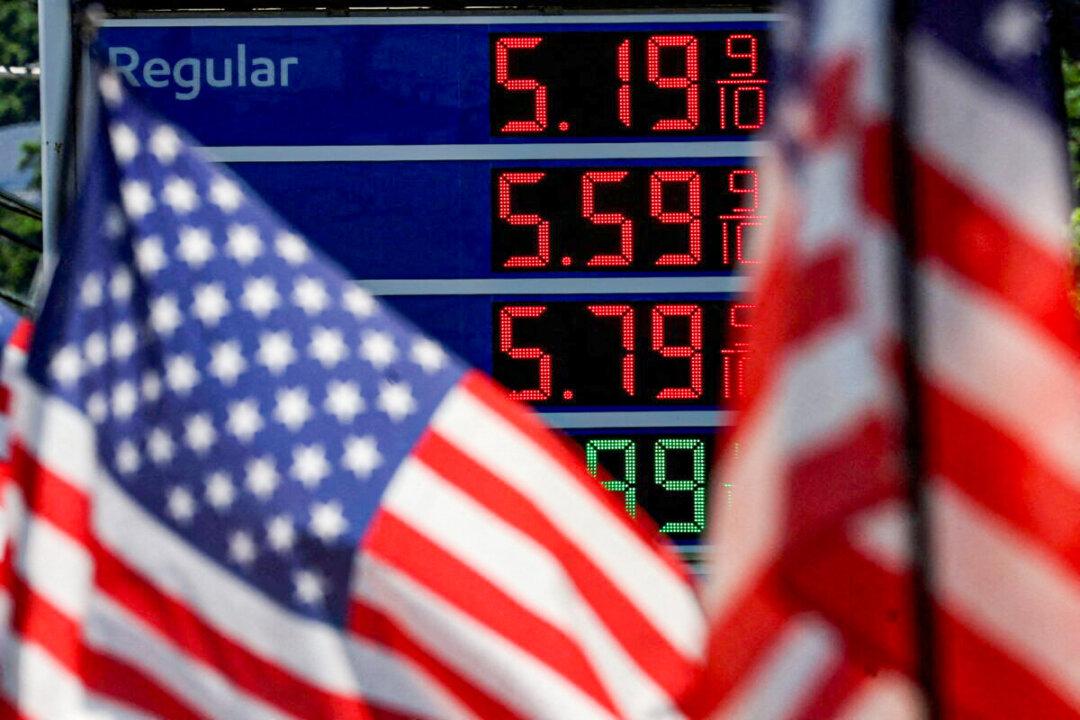The average price of gasoline in the United States fell for the fifth consecutive week, tumbling 15.8 cents to $4.51 per gallon on July 18, according to GasBuddy.
GasBuddy gathered data from more than 11 million individual price reports covering more than 150,000 gas stations across the nation.





